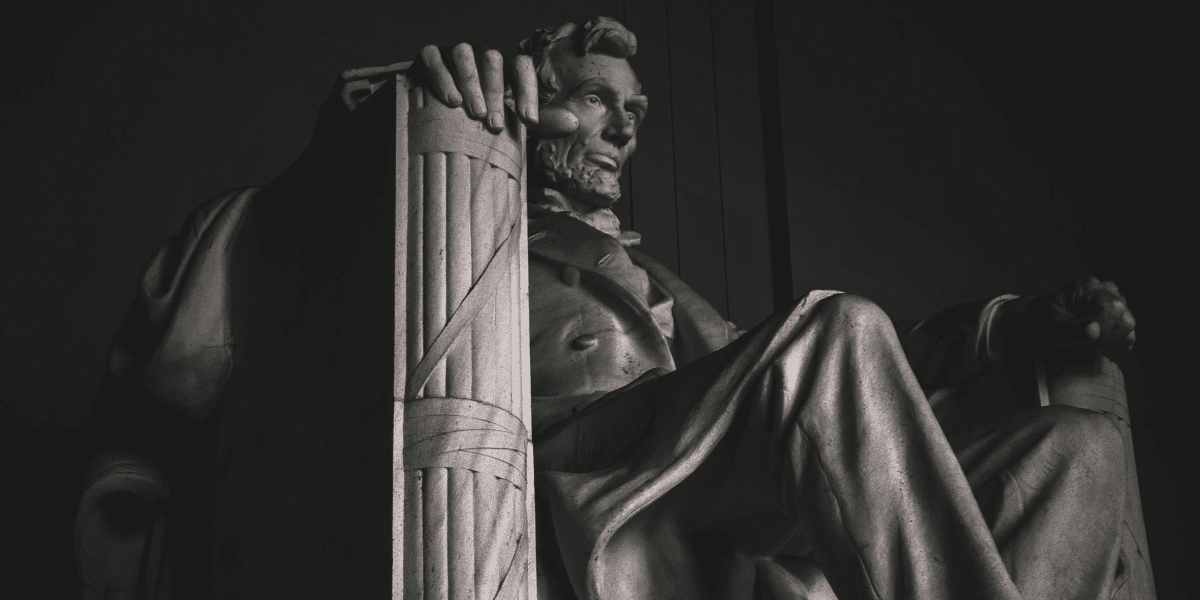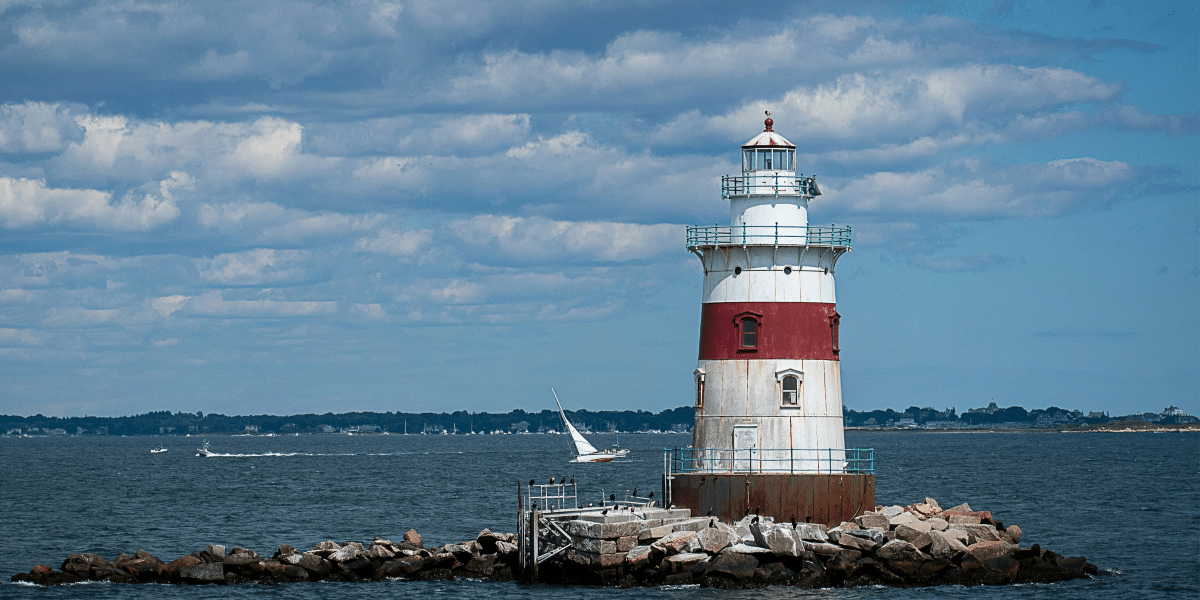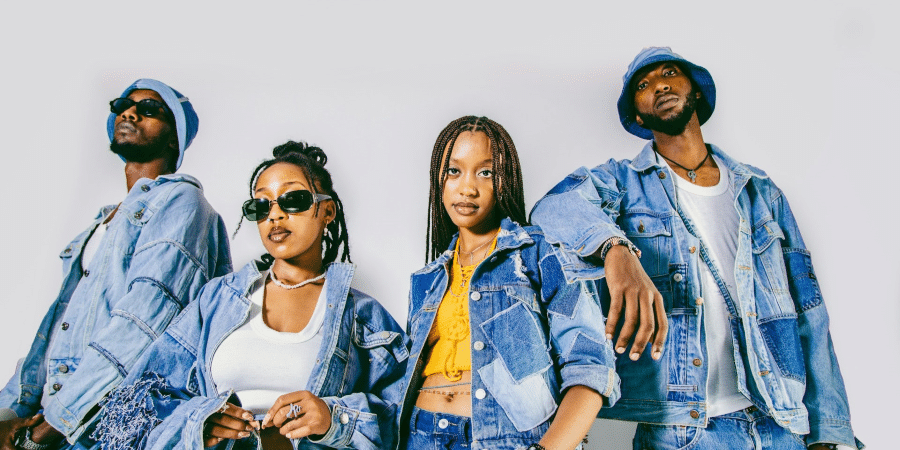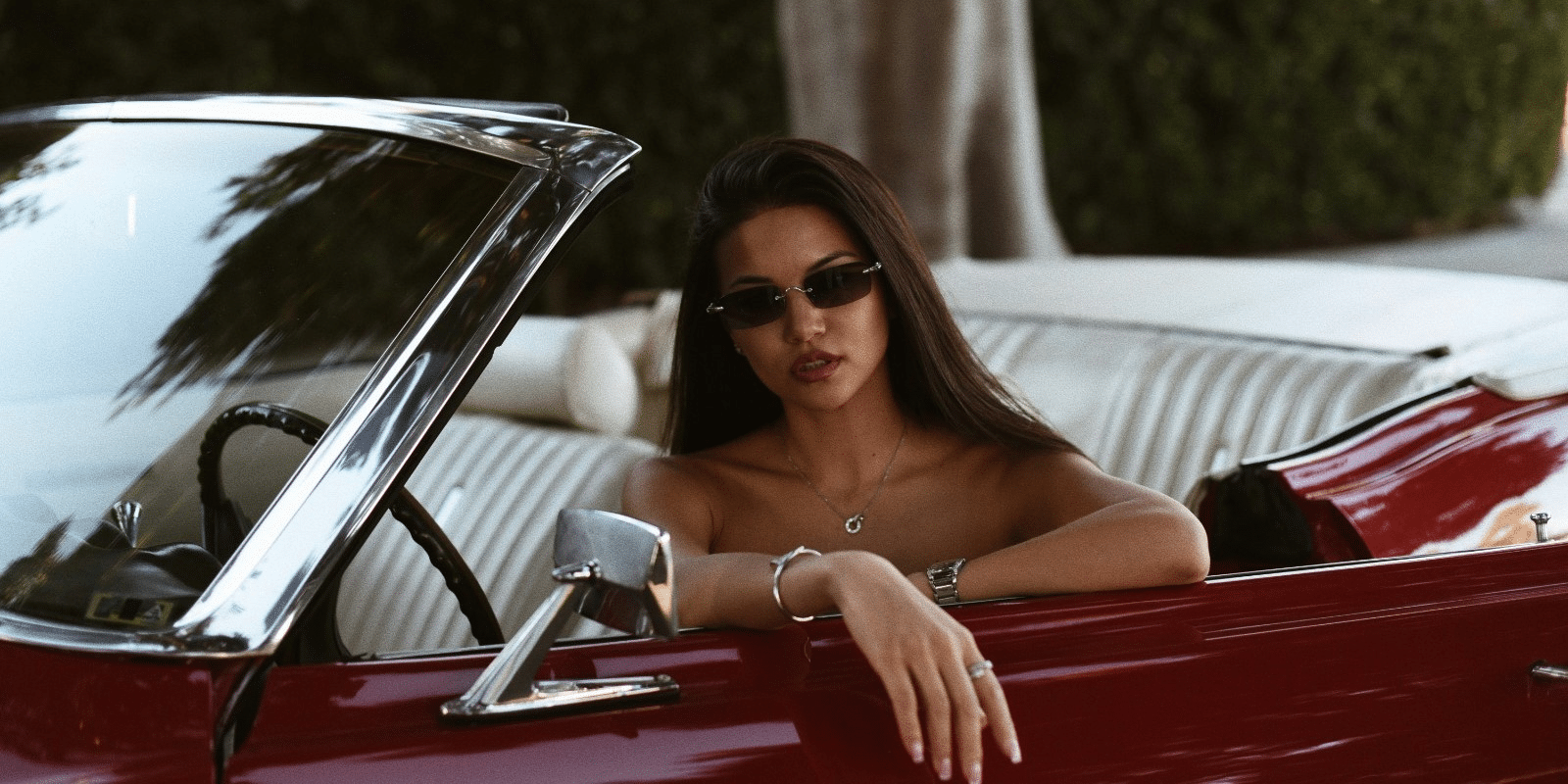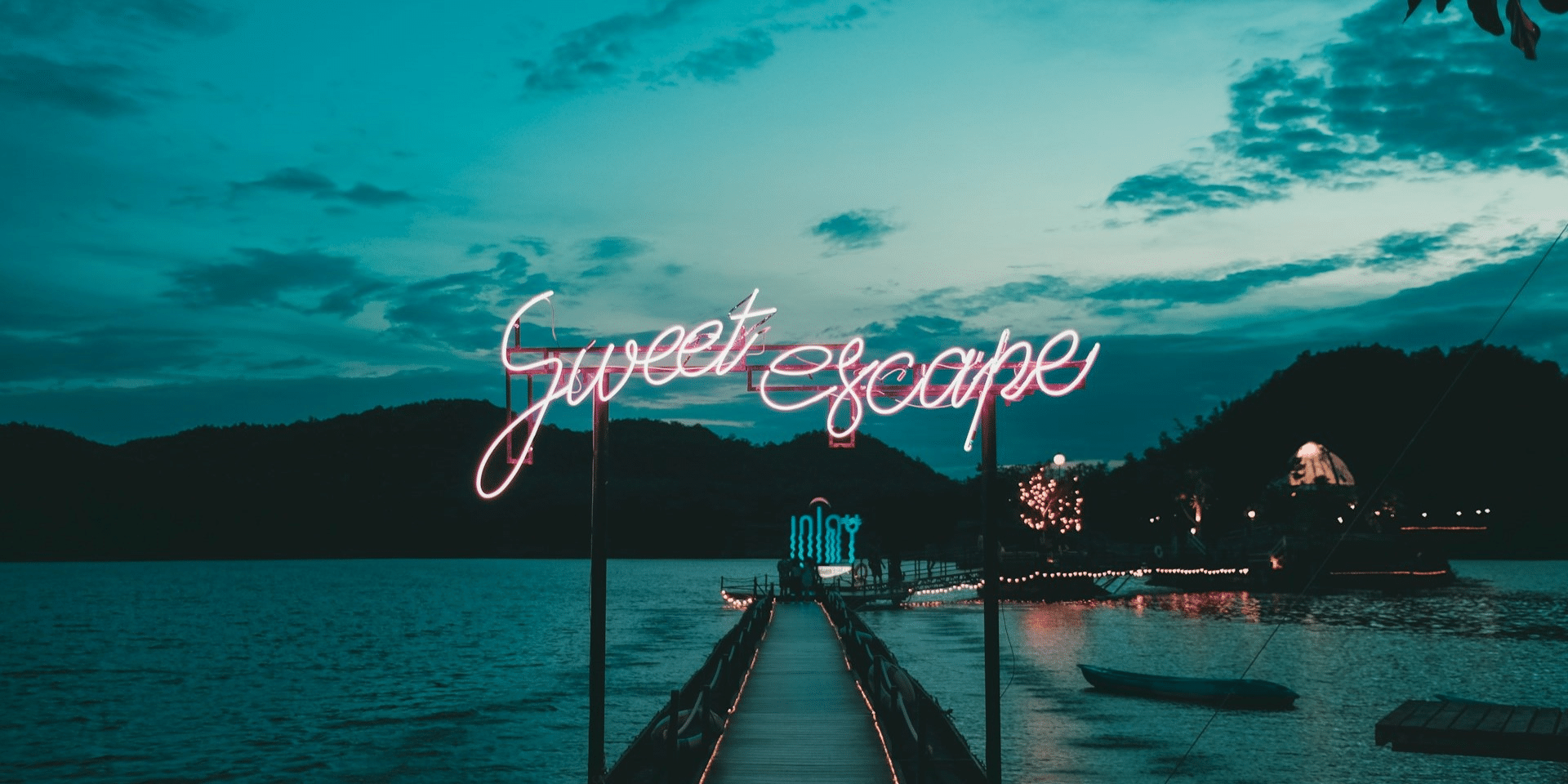It’s no secret that the Met Gala is one of the most awaited events on a yearly basis. Formed by the Costume Institute at the Metropolitan Museum of Art in New York, this star-studded affair is attended by some of the biggest names in the entertainment and fashion industries.
The best part is each year is marked by a unique theme that sets the tone for the event and inspires attendees to dress in a certain way. This article talks about the most memorable Met Gala themes of all time.
How It All Began
The Met Gala has been held annually since 1948, but it wasn’t until the 1970s that it began to take on a specific theme. In the early years, the event was simply a lavish party attended by the social elite of New York City. However, in 1971, Diana Vreeland became the consultant for the Costume Institute and introduced the idea of a theme for the event.
Its first theme was “Fashion Plate,” which celebrated the relationship between fashion and art. Since then, the theme has changed every year. Some of the notable ones include “China: Through the Looking Glass” in 2015, “Heavenly Bodies: Fashion and the Catholic Imagination” in 2018, and “Camp: Notes on Fashion” in 2019.
Interpreting the Themes
An interesting aspect of Met Gala themes is how attendees interpret them. Some people take a more literal approach, while others use the theme as a starting point for a more abstract interpretation.
For example, in 2016, the theme was “Manus x Machina: Fashion in an Age of Technology.” Some attendees, such as Karolina Kurkova and Claire Danes, wore dresses incorporating existing technology, such as LED lights. The likes of Taylor Swift and Emma Stone interpreted the theme more abstractly, wearing dresses that featured metallic accents or futuristic silhouettes.
Similarly, the “Rei Kawakubo/Comme des Garçons: Art of the In-Between” theme in 2017 saw attendees like Rihanna and Katy Perry embrace the avant-garde designs of Kawakubo and wore Comme des Garçons pieces. Meanwhile, Blake Lively and Jennifer Lopez saw the theme broadly and wore dresses with asymmetrical designs or unconventional shapes.
The Importance of Themes
As mentioned earlier, the themes of the Meta Gala set the tone for the evening and provided a framework for attendees to create their outfits. It also allows the Costume Institute to showcase its collection in a new and exciting way.
In addition, each theme reflects larger cultural trends and movements. For instance, the 2019 theme of “Camp: Notes on Fashion” was inspired by Susan Sontag’s 1964 essay “Notes on ‘Camp,'” which explored the idea of “the love of the unnatural: of artifice and exaggeration.” The former was a commentary on the current cultural moment, where social media and reality TV have made “camp” a more mainstream phenomenon.
Looking Forward
As the Met Gala continues to evolve, so too will its themes. Succeeding themes will likely continue to reflect larger cultural trends and movements, as well as the Costume Institute’s ever-growing collection in the coming years.
One potential direction for future themes is a focus on sustainability and ethical fashion. As time goes by and the fashion industry continues to grapple with pressing issues, such as climate change and fast fashion, the Met Gala could provide a platform for designers to showcase more sustainable and eco-friendly designs.
Final Thoughts
The Met Gala’s themes provide a framework for attendees to create their outfits and allow the Costume Institute to showcase its collection in a new and exciting way. While the themes have changed over the years, they have always reflected larger cultural trends and movements. As the Met Gala continues to change, future themes will likely continue to do so as well, reflecting the evolving fashion industry.
Get the inside scoop on music and entertainment at Artist Weekly! We cover everything from new album releases to celebrity gossip and interviews with your favorite artists. Don’t miss out on the latest buzz in music and entertainment.
Visit our website regularly for more updates!


